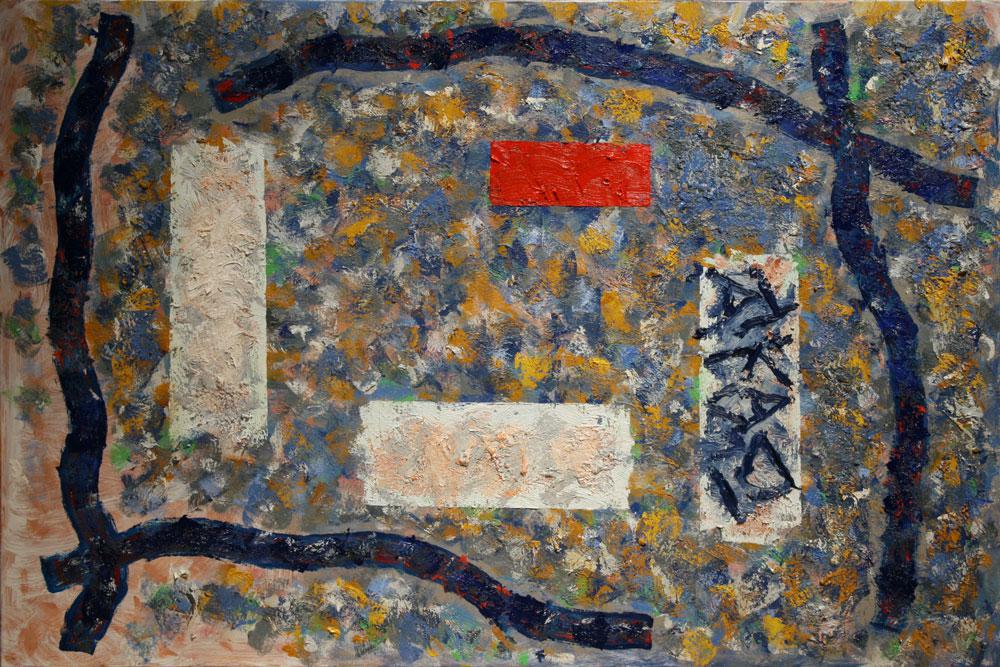Art is a conversation. Works of art become important because they contribute something meaningful to that conversation at a particular moment. Trying to predict what statements will become necessary is as impossible as predicting the course of any other dialogue. These kinds of things ebb and flow naturally, like water over rocks or clouds across the landscape.
David Urban’s new work at Corkin Gallery is important work. It is the right thing to say at the right time. I’m not sure if I can articulate how I know this to be true in 400 words. But it is true. It’s like how we know that it’s cold outside—the temperature seeps in through our pores.
I’m not going to spend a lot time waxing poetic about the mastery of Urban’s painterly sensibilities, but make no mistake: these paintings are masterful. What I will try to do instead is to cohesively convey why these are important works. Why these? Why now?
Ten years ago, David Urban abandoned an extremely successful and contemporary-looking painting style in favour of a style that was indebted to Modernist painting from the 1920s and 1930s. This departure was not as well received as his earlier creations were. But Urban kept working with this language, expanding his vocabulary and sharpening his tools.
Over the past couple of years, this early(ish) Modern aesthetic has seemed increasingly relevant. Maybe it’s because the socio-political atmosphere of the early 2010s mirrors, in some ways, that sliver of the 20th century that passed between the wars—there’s a feeling of tension building towards some unknown crescendo. The cradle, it seems, is starting to rock.
But where most of the other work that delves into this aesthetic seems deeply self-conscious and mannered, Urban’s panels are living and breathing. He’s been working with this language for 10 years, and now it’s all here.
These paintings seize upon the collective impulses of the world we’re living in while conjuring another one in the process. It is a world where Picasso is playing Snakes and Ladders with Philip Guston and Léger plays backgammon with Kazuo Nakamura. Louis Armstrong and Charlie Parker are performing scratch jazz with Q-Tip and A Tribe Called Quest while Diego Rivera camps out with the Occupy kids in Liberty Square.
These paintings are Michael Ondaatje and Wallace Stevens. They are Haruki Murakami and T.S. Eliot. They are the roots that clutch and the branches that grow out of this stony rubbish.









